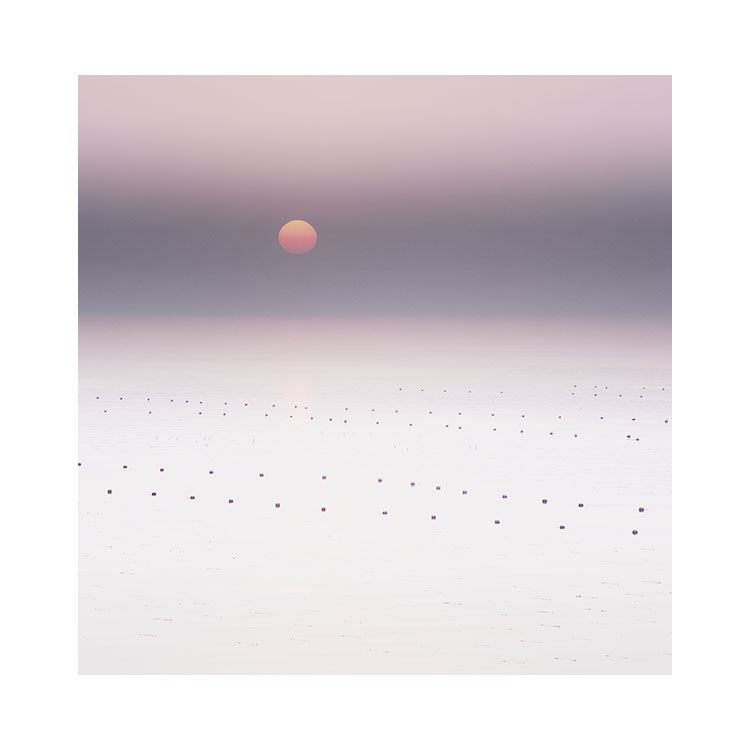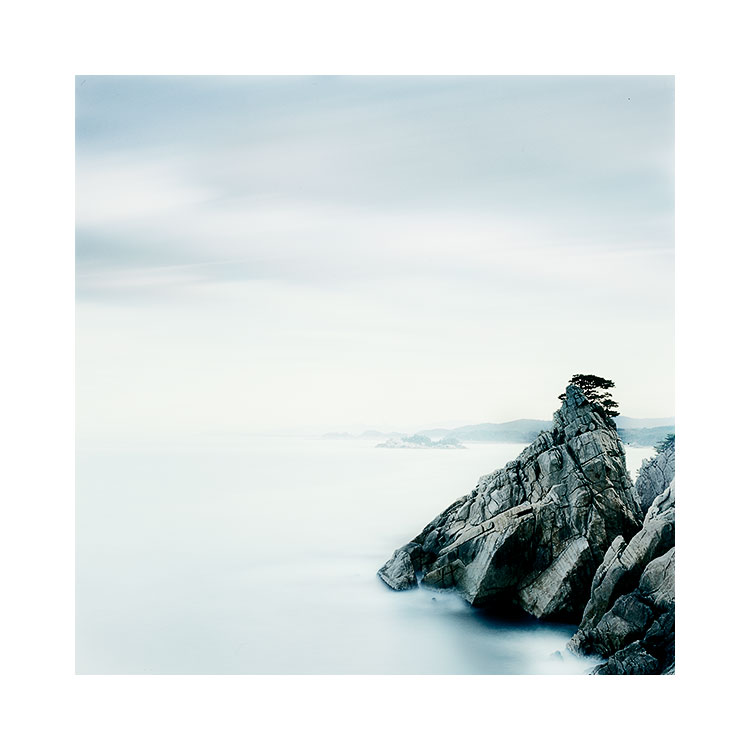I believe Pablo Picasso once said ‘Good artists copy, but great ones steal’.
When I first started making pictures, I was keen to follow in the footsteps of my heroes. I remember going to Patagonia because of Galen Rowell’s images of Torres del Paine. So too, I visited Hokkaido because I love Michael Kenna’s work from there.
I think it’s a mandatory part of the process of learning, to follow in your heroes footsteps. Imitating your heroes is one of the best ways we learn.
An old image of mine, of Elgol, on the Isle of Skye. Visiting well known locations can teach us a lot and even copying well known compositions can aid in the teaching also. I think that for me, I’m really keen to see if I can transcend the well known view, to try to find my own style or vision. To make the scene ‘my own’.
As an example of this, every song writer will tell you that when they first started writing songs, they would cover other people’s, study others guitar riffs, anything they had heard and liked. They will also tell you that they learned a lot by doing so.
I remember while at high school, watching the new kids arrive at the beginning of a new term and choose to hire out the music equipment from the music department. It wasn’t long before I heard them playing ‘house of the rising sun’ or ‘stairway to heaven’, or some other well known ‘standard’ - songs that are known to be great to learn to play. This is completely natural and to be encouraged.
So copying and emulating the people you admire has always been part of anyone’s education.
With regards to the ‘stealing’ aspect of Picasso’s quote, I think what he was referring to the talent some people possess at being able to take an existing idea and make it their own - in other words take someone else’s idea and make such a good job of it that they now own it. A perfect example of this, is the musician that covers someone else’s song, but does such a unique or exceptional rendition of it, that they become so well known for their version, that the song becomes their song.
I think as photographers, if we go to well known locations to make photographs, we should hopefully be striving to do the same: make the scene ‘our own’. I make no judgement on those who are content with making copies of well known locations, as it is similar to all the musicians out there who ‘cover’ someone else’s songs. But if we can somehow make a rendition of a well known place that transcends the derivative, then we have achieved the ultimate prize in our own photography: we have managed to make the scene ‘our own’.
For me, photography is all about developing my own vision and consequently, developing my own style. Trying to put my own stamp on a place, by either shooting it in a way that hasn’t been done before, or by doing something that enables it to be clearly evident that it’s one of my photographs is what I am most interested in.
It’s just extremely hard to do.
We all have to start somewhere, and we often begin by emulating the work of those we admire. It’s perfectly natural and constructive to do so. We can learn so much about the craft in the process. Copying is often a transitory thing for most of us - an apprenticeship if you will, and the precursor to developing our own sense of style and vision. Which I firmly believe is the ultimate goal of our own aspirations.
























